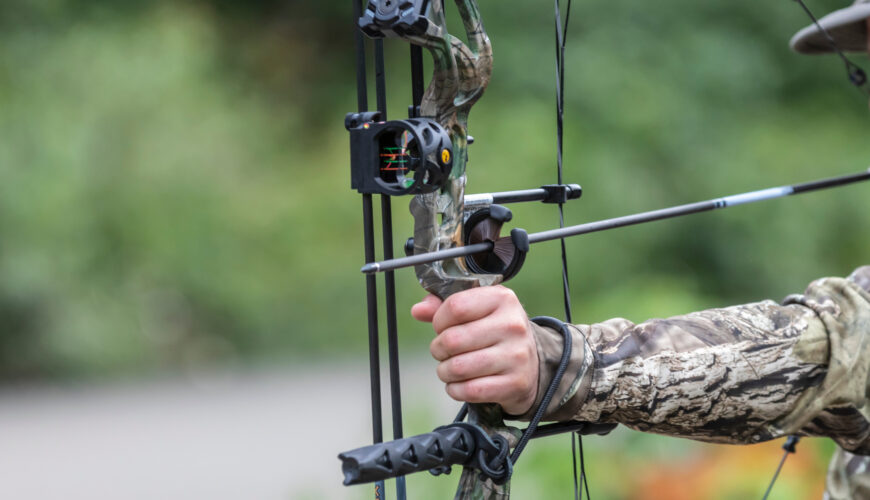Gear
10+ Muzzleloader Tips for Success
November 5, 2025 •Brad Fenson
October 11, 2024
Sponsored
Archery is one of the most fun ways to recreate in the outdoors. Whether its Robin Hood stealing from the rich or Legolas taking names, there’s something undeniably swashbuckling about shooting a bow and arrow — it doesn’t matter if you’re hunting or just shooting targets. I know that’s why I signed up for the archery merit badge as soon as possible at Boy Scout camp one summer. There, I learned almost everything there is to know about archery: safety rules, shooting techniques, gear maintenance and the difference between a recurve and a compound bow.
Now, it’s been a long time since I earned my archery merit badge, but I still know a thing or two about compound bows, including how important it is to have quality equipment by your side. To that end, I’ve compiled three compound bows that are sure to help you aim true. But first, here are a couple of tips to help you out when looking for your compound bow.

The first thing is to decide what you’ll be using the bow for. Are you just going to use it for archery target practice, or are you going to hunt with it? If so, what kind of animal will you hunt? These questions will help you determine your needs in all the other areas of the bow. As the saying goes, it’s important to “pick the right tool for the job.”
Longer axle-to-axle lengths are more stable and easier to aim, while shorter lengths are much more maneuverable. This comes down to how much stability you think you will need vs. how flexible you want it to be.
Choosing this part of the bow is simple: The draw length of the bow should match what your own comfortable draw length is. If you know your draw length already, then just pick one that suits you, and if you don’t know then here’s how to find that out.
This is the power of the bow measured in the pounds of force you will pull back for the shot. Basically, you want to have as much weight as necessary for whatever you’re shooting at, but you don’t want to go over too much. This is because certain types of activities require certain draw weights; for example, deer require about 40 pounds while something bigger like elk may require even more.
Pick a bow with enough draw weight for your intended target, but don’t go over how much is comfortable for you to draw. After all, the bow will be useless if you can’t reliably draw the bow and aim your shot without your arms trembling from the weight.
Let-off in a compound bow is the amount of draw weight reduced when at a full draw. Most compound bows are somewhere between 60% and 80% let-off, meaning that you will only actually need to hold back 20-40% of the total weight. This makes it easier to use the bow, by effectively reducing the amount of effort required to draw.
Determine your preferred let-off in conjunction with the draw weight of your bow. You want an effective weight that is good for your target, but you can search for a higher let-off as you see fit until you find a comfortable range.
No matter what, you should test out a bow before you buy it. So much of shooting a bow comes down to personal preference and your physical capabilities and you can only really choose the right bow by trying out the bow in person.
Here are three great bows to get you started trying out:
